
Supercharge your lead generation with a FREE Google Ads audit - no strings attached! See how you can generate more and higher quality leads
Get My Free Google Ads AuditFree consultation

No commitment
Supercharge your lead generation with a FREE Google Ads audit - no strings attached! See how you can generate more and higher quality leads
Get My Free Google Ads AuditFree consultation

No commitment
In today's complex marketing landscape, integrating online and offline channels is crucial for success. Radio advertising, a powerful offline channel, can now effectively leverage online platforms like Google Ads. By employing Google Ads, radio broadcasters and marketers can intercept audiences during critical moments, engage with higher precision, and bridge the gap between traditional radio and digital marketing. For radio advertisers, Google Ads offers opportunities to target decision-makers, track conversions from digital interactions, and enhance campaign ROI across a holistic marketing strategy. This guide will uncover the potential of Google Ads for radio advertising.
Maximizing lead generation for radio advertising through Google Ads requires a focused, data-driven approach. B2B revenue teams can unlock new growth by aligning digital tactics with audio marketing objectives, reaching high-value listeners at the moments that matter. For more actionable insights on aligning your marketing channels, explore our B2B marketing strategies blog.
This guide provides a tactical framework for integrating Google Ads within your radio advertising strategy. Each step is built to help you capture intent, personalize outreach, and ensure every lead is measured and attributed accurately—solving the traditional blind spots of radio campaigns. Get started for free with Sona to unify your digital and audio lead generation.
Identifying high-intent keywords tailored to radio audiences is the foundation of effective Google Ads for radio advertising. Start by analyzing listener demographics, on-air topics, and peak listening times to discover search behaviors that align with your radio content. Prioritize terms related to radio ad effectiveness, digital radio advertising, and industry-specific solutions that resonate with your target accounts. For an overview of Google’s introduction of audio and radio ads and their benefits, check out the latest on Google audio ads.
When utilizing advanced intent data, marketers can go beyond generic keyword research by mapping search terms to precise audience intelligence. As prospects interact with your brand or competitors across digital and audio touchpoints, dynamic keyword lists allow you to shift spend toward those most likely to convert, optimizing budget allocation in real time.
Creating ad copy that mirrors the themes and tone of your radio content bridges the gap between audio engagement and digital action. Effective messaging addresses the specific needs of radio listeners—whether it’s a call to tune in, request a demo, or explore a related digital resource. Use concise headlines and clear calls to action, keeping language consistent with on-air promotions for stronger brand recall. Review our playbook on automating personalization at scale for tips on scalable messaging.
With integrated audience insights, marketers can personalize ad copy based on previous listener interactions, content preferences, or stage in the buying journey. Automated audience updates ensure that messaging remains relevant as leads engage with both radio and digital channels, supporting a seamless customer experience.
Landing pages designed for radio-driven traffic should prioritize clarity, mobile responsiveness, and a direct value proposition linked to the audio message. Feature testimonials or case studies that validate radio advertising costs and ROI, offering downloadable resources or quick inquiry forms tailored to B2B buyers. To compare reach and frequency between traditional and digital channels for your campaign planning, visit this radio vs. digital comparison.
Connecting landing page interactions with enriched visitor identification tools allows revenue teams to pinpoint not just anonymous traffic, but specific companies and decision-makers engaging with your campaigns. This level of visibility enables follow-up through both digital retargeting and direct sales outreach, minimizing lost opportunities.
A unified analytics setup is essential for accurately measuring the impact of Google audio ads and online advertising for radio. Implement conversion tracking that captures both online actions and offline outcomes, such as inbound calls or in-person visits. Integrating CRM and ad platforms ensures every lead is logged, attributed, and nurtured, providing a complete view of campaign performance. For step-by-step analytics integration tips, see how to import ad platform cost data into Google Analytics.
Audience data synchronization across platforms helps marketers respond instantly to shifting intent signals. As leads move from radio awareness to digital engagement, automated updates to retargeting and email lists keep your follow-up timely and relevant, maximizing the value of each contact.
Modern revenue teams require more than standard ad reporting—they need synchronized data streams that unify audience identification, intent scoring, and conversion attribution. Advanced solutions connect Google Ads, CRM systems, and sales workflows, ensuring enriched lead profiles flow seamlessly between platforms while eliminating gaps in the customer journey. Learn how Google is expanding its digital audio ad opportunities and what this means for advertisers by visiting Google’s growing audio advertising channels.
By syncing enriched audience segments, conversion events, and offline touchpoints into Google Ads and CRM platforms, marketers gain a precise understanding of ROI. This enables automated nurture tracks, targeted retargeting, and sales alerts when high-value accounts engage, driving higher close rates and more efficient campaign spend.
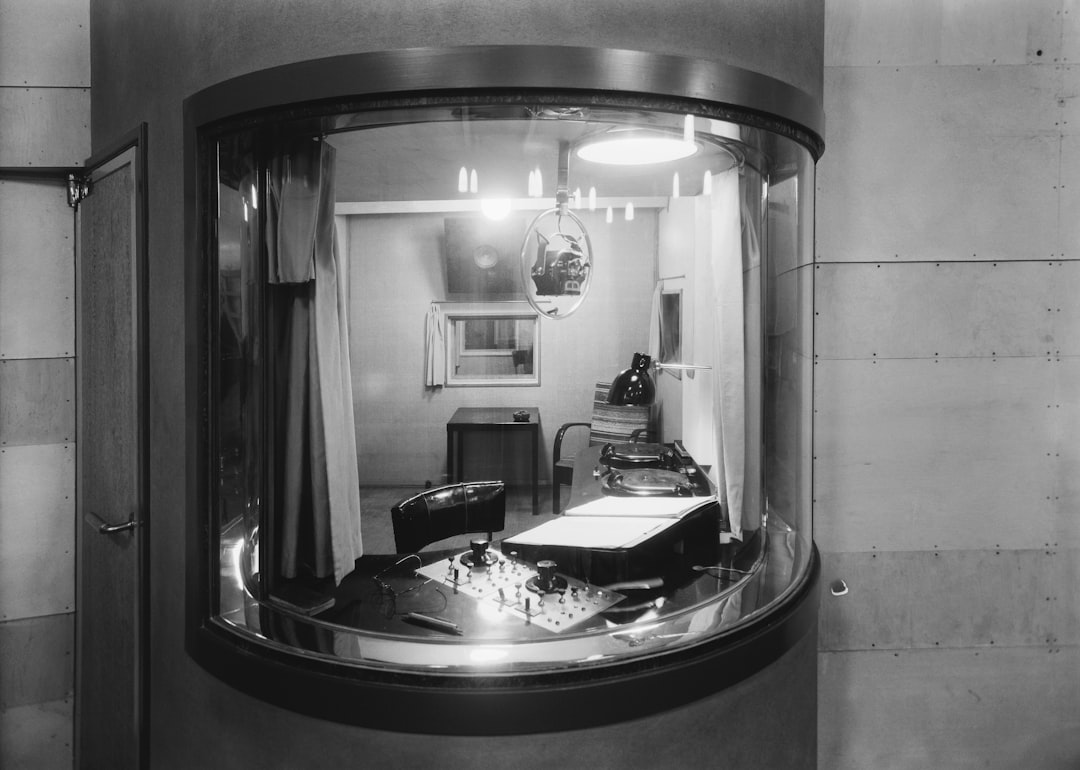
Radio advertising is undergoing a digital transformation, and Google Ads is at the center of this shift by enabling advertisers to connect with listeners precisely when they are most receptive. Modern revenue teams can use Google Ads to replace broad, traditional radio placements with campaigns that directly reach segments based on real-time listening and online behavior, turning every broadcast into a strategic touchpoint.
Google Ads empowers radio advertisers to promote high-value slots or specific shows, increasing return on investment by directing resources toward inventory with greater margin potential. Marketers can immediately engage audiences during critical moments, such as a new show launch or time-sensitive promotions, ensuring that each ad dollar supports business objectives and drives measurable results. To further optimize campaign effectiveness, explore best practices and strategies for digital audio marketing.
Targeting emerging markets with specialized campaigns becomes far more efficient when leveraging Google Ads’ robust geo-targeting and audience segmentation tools. Advertisers can identify and activate niche audience groups, allocating budget only where the best potential for engagement exists. This approach is especially effective when paired with platforms that identify site visitors and companies engaging with radio content, enabling highly personalized follow-ups and improved campaign precision.
Data analytics is fundamentally improved through comprehensive conversion tracking across the entire journey, from click to listen to downstream engagement. Sona enhances this critical area by unifying first- and third-party data, enabling revenue teams to attribute both online and offline actions—such as inbound calls or in-store visits—to specific audio ad exposures. This granular attribution ensures that marketers can measure the true ROI of their radio ad campaigns, eliminating the guesswork that has historically limited radio advertising’s accountability.
With dynamic audience management, advertisers can keep their campaigns in sync with shifting listener behavior and intent. As leads move through the funnel, updated audience segments can be pushed in real time to Google Ads, ensuring that messaging stays relevant and prospects always receive the right call to action. When CRM and ad platforms are integrated seamlessly, enriched lead data flows across systems, streamlining retargeting and nurturing efforts for revenue teams focused on delivering personalized, high-conversion experiences. Interested in elevating your radio ad strategy? Get started for free with Sona.
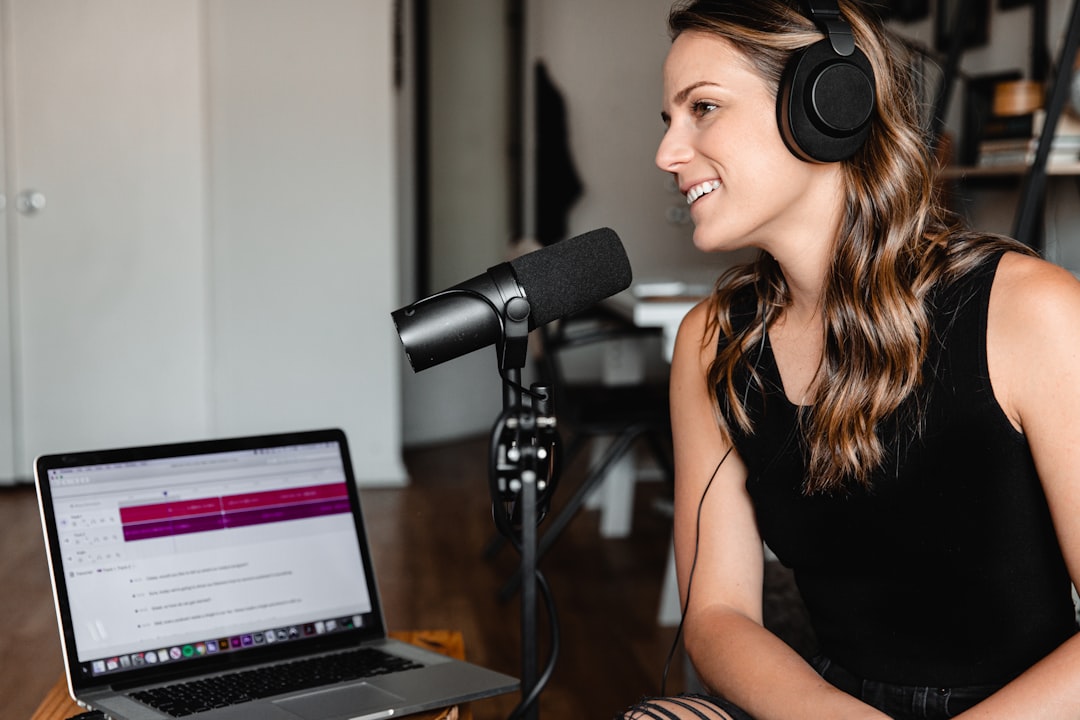
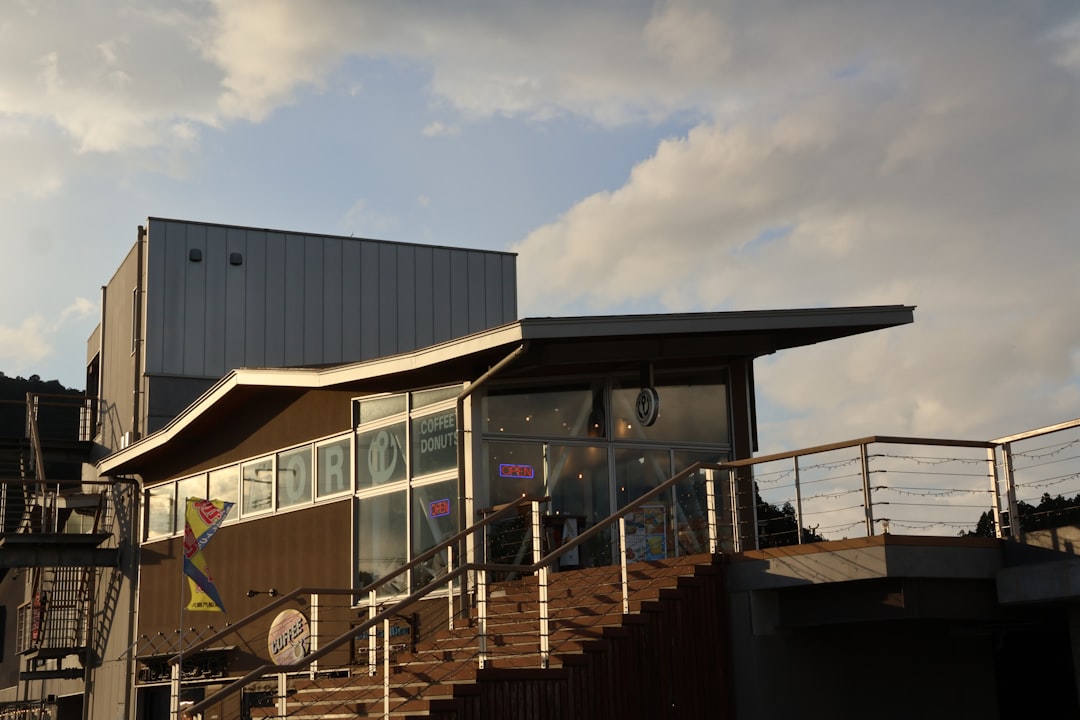
Growth in radio advertising today hinges on the ability to pinpoint and serve highly specific audience segments, especially as digital and traditional boundaries blur. The most successful strategies begin by targeting specialty industry keywords that reflect the unique aspects of your radio niche. By identifying and integrating these keywords into your Google Ads for Radio Advertising campaigns, marketers can connect with listeners who are actively searching for content, programming, or products aligned with their interests. This kind of focused keyword selection ensures your messaging resonates with decision-makers and enthusiasts who convert at a higher rate.
Next, analyzing competitor gaps is fundamental for uncovering unserved or underserved audience segments. Assess where rival stations or advertisers are directing their efforts and look for sectors or topics they have overlooked. This might involve using intent data to identify listeners or businesses engaging with similar content but not yet targeted by your campaigns. Leveraging real-time behavioral signals, revenue teams can then dynamically shift budgets to pursue these high-potential opportunities, ensuring every ad dollar is optimized for impact.
Collaborating with entertainment forums and communities where your radio ads might not naturally appear is another avenue for expansion. Partnering with music discussion boards, podcast networks, or event platforms exposes your messaging to fresh audiences who may not tune in through traditional channels. This cross-platform approach amplifies reach and demonstrates your brand’s relevance in broader cultural conversations.
Retargeting using digital versions of traditional radio content further enhances your growth strategy. By adapting audio spots into programmatic ad units for streaming platforms or digital playlists, marketers can maintain a unified message across all touchpoints. Real-time audience updates ensure retargeting efforts stay aligned as listeners move through the engagement funnel. When these tactics are paired with advanced attribution and CRM sync, it becomes possible to measure the true ROI of your radio ad campaigns—capturing both online and offline conversions and enabling a full-funnel, data-driven approach to continuous growth. To see how you can streamline these efforts, get started for free with Sona.
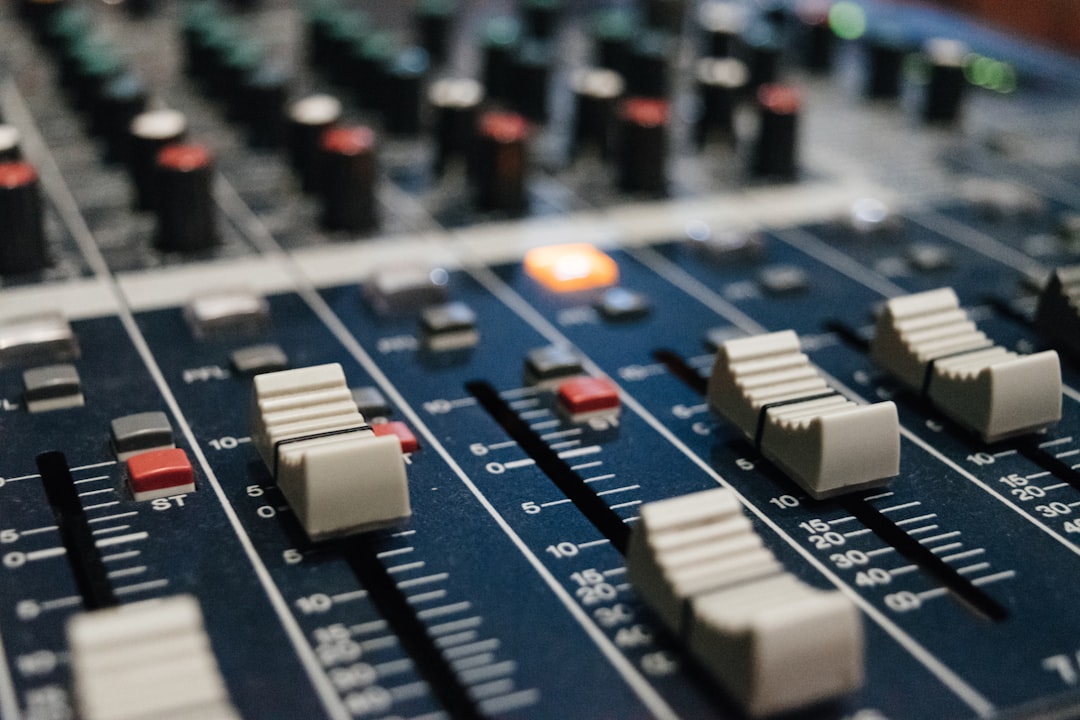
Precise audience segmentation is the key to maximizing radio advertising ROI in today’s data-driven ecosystem. By leveraging the advanced targeting capabilities of Google Ads for radio advertising, marketers reach the right listeners with messaging tailored to their interests, behaviors, and buyer stage. For an overview of how Google's introduction of audio and radio ads is transforming strategies and unlocking new opportunities, explore this guide to Google Audio & Radio Ads.
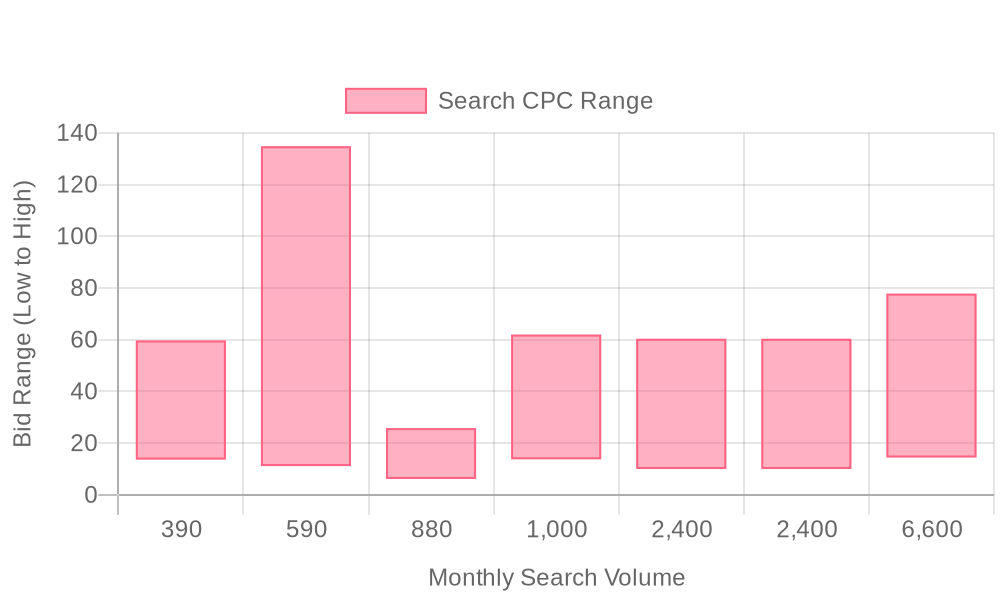
| Industry | Keyword | Monthly Search Volume | Competition Level | Low Bid | High Bid |
| Radio Advertising | local radio advertising | 390 | LOW | 13.66 | 59.69 |
| Radio Advertising | sirius xm advertising | 590 | MEDIUM | 11.13 | 134.8 |
| Radio Advertising | radio advertising costs | 880 | LOW | 6.17 | 25.8 |
| Radio Advertising | radio advertising near me | 1000 | MEDIUM | 13.78 | 61.98 |
| Radio Advertising | radio advertising | 2400 | LOW | 10 | 60.35 |
| Radio Advertising | radio ads | 2400 | LOW | 10 | 60.35 |
| Radio Advertising | iheartradio advertising | 6600 | HIGH | 14.47 | 77.79 |
In radio advertising, keyword strategy is the pivot for aligning digital intent with broadcast engagement. By focusing on high-intent search terms such as "Google Ads for Radio Advertising," "digital radio advertising," "audio ad targeting," and "radio ad effectiveness," marketers can attract prospects who are actively researching solutions and ready to convert. For deeper insights, explore this overview of Google's audio and radio ads and visit our blog for B2B marketing strategies.
Precision targeting bridges the gap between listeners' interests and measurable outcomes. Marketers can now identify not just anonymous website traffic but also the actual companies and high-value accounts visiting their properties using Sona Identification. This granular insight allows teams to build keyword lists that match real-time market demand, ensuring budget is allocated to the audiences with the strongest conversion signals.
Measuring ROI goes beyond basic click tracking. Advanced attribution captures both online and offline conversions from radio ad exposure, delivering a holistic view of campaign impact. By syncing CRM data and enriched audience segments, marketers can track every touchpoint, from initial ad impression to final sale, ensuring that radio investments are fully accountable and optimized.
Channel synergy is critical for brand consistency and extended reach. With dynamic audience updates, campaigns automatically adapt as leads progress through the funnel, allowing for seamless retargeting across digital and radio channels. This approach amplifies message frequency and maximizes marketing efficiency, driving higher engagement and conversion rates throughout the revenue pipeline. To experience these capabilities firsthand, get started for free with Sona.
Start by assembling a comprehensive keyword portfolio that captures the full spectrum of radio advertising intent. Prioritize phrases that reflect core radio attributes such as "live music show near me," "local radio contests," and "talk radio podcasts." Expand the scope to include community-driven and event-based keywords, for example, "city summer concert series" or "morning drive news updates." These refinements help attract listeners tuned into specific segments and local happenings, ensuring relevance and higher engagement rates. For an overview of Google’s audio and radio ad capabilities and their benefits for marketers, see this introduction to Google Audio and Radio Ads.
Integrating negative keywords is critical for filtering out irrelevant searches that drain budget and reduce campaign focus. Equally important is the use of visitor analysis systems that go beyond traffic numbers to reveal which companies or high-value leads are engaging with your ads. This insight allows for prioritization of keywords aligned with actual demand, not just search volume, enabling you to continually refine your targeting and connect with audiences most likely to convert. Explore more strategies on building qualified pipeline in our marketing playbooks.
Effective ad copy for radio advertising goes beyond generic calls to action. Highlight the unique appeal of your radio content—mention exclusive interviews, special guest segments, or limited-time events that differentiate your station. Listener incentives like "first-time listener offer" or "tune in to win" boost response rates and drive immediate action. Employ dynamic keyword insertion to make each ad more contextually relevant, automatically updating the message to match the user’s search intent in real time.
Maintaining consistency with your broader marketing narrative is essential. Ensure every ad reinforces your station’s brand voice and values, forming a cohesive experience across digital and broadcast touchpoints. When your CRM and ad platforms are in sync, you can personalize ad messaging for returning listeners or segment-specific audiences based on their previous engagement, increasing both conversion rates and listener loyalty. For more insights on aligning messaging and attribution, visit our B2B marketing blog.
A seamless connection between keyword intent, ad copy, and landing page content underpins successful digital radio advertising. Design landing pages that echo the language of your ads and reinforce the value propositions you promote—whether it’s a loyalty program, exclusive content access, or real-time listener feedback. Prioritize fast-loading pages with clear calls to action, such as "Subscribe to Alerts" or "Book a Sponsorship Spot," and ensure every element is optimized for mobile users who often interact with audio content on the go.
Integrating advanced CRM systems allows for immediate lead capture and efficient follow-up. When a listener fills out a form, their information should flow directly into your sales or marketing workflows, enabling quick response and nurturing. This real-time sync not only accelerates lead velocity but also helps your team track which campaigns and landing pages produce the highest quality leads, informing ongoing strategy. If you’re ready to streamline your radio ad campaigns and lead management, get started for free with Sona.
Continuous optimization is the foundation of effective radio ad campaigns. Fine-tune your conversion tracking mechanisms to unify both online and offline interactions, capturing every touchpoint from web form fills to in-person event attendance. Use performance-driven bidding strategies that leverage predictive analytics to allocate budget toward the highest-converting keywords, ad groups, and audience segments. For a detailed comparison of reach and frequency across traditional radio and digital campaigns, see this guide to radio vs. digital advertising.
A/B testing creative elements—headlines, CTAs, audio snippets—delivers measurable improvements in user engagement and conversion rates. Dynamic audience management ensures that as listeners move through the funnel, your targeting and messaging adjust accordingly. With complete conversion data, including CRM feedback and real-world outcomes, your team can tailor content and offers to evolving audience needs, keeping campaigns agile and ROI-focused.

Expanding your radio presence requires a data-driven approach that goes far beyond traditional broadcasting tactics. By integrating digital channels and leveraging performance marketing strategies, you can identify key audience segments, adapt content in real time, and extend the value of every campaign touchpoint. To dive deeper into optimizing your cross-channel strategy, explore our B2B marketing blog for actionable insights.
Ready to see how advanced audience data can transform your radio strategy? Get started for free with Sona.
Integrating Google Ads into your radio advertising strategy can transform how you reach and engage your audience. The fusion of traditional radio with digital advertising platforms like Google Ads offers a unique opportunity to amplify your marketing efforts, blend auditory and visual storytelling, and increase your campaign's reach and effectiveness.
Throughout this discussion, we've explored the challenges of siloed advertising strategies and the power of combining digital and radio ads. By leveraging data-driven insights and targeting capabilities, you can optimize your ad spend and enhance your campaign's performance. Using Google Ads to complement radio advertising not only bridges the gap between digital and traditional media but also provides a holistic approach to audience engagement.
Imagine the possibilities when your audio messages are perfectly synchronized with digital touchpoints, creating a seamless brand experience for your listeners. By embracing integrated advertising strategies, you position yourself to maximize reach, reinforce brand messaging, and ultimately drive better results for your business. This approach is more than just a strategy; it's a pathway to innovation and growth.
To unlock the full potential of your advertising campaigns, start for free and experience the capabilities of our platform today.
Google Ads allows radio advertisers to target decision-makers, track conversions from digital interactions, and enhance campaign ROI by integrating digital and traditional marketing strategies.
Creating a Google Ads campaign for radio ads involves building targeted keyword lists, crafting ad copy that resonates with radio audiences, optimizing landing pages for conversion, implementing cross-platform analytics, and leveraging modern tools for tracking and insights.
The article does not specify exact costs but emphasizes optimizing budget allocation by targeting high-intent keywords and audiences most likely to convert, suggesting a focus on efficiency and ROI.
Google Ads are effective for promoting radio stations by allowing precise audience targeting, real-time engagement, and conversion tracking, which enhance the overall marketing strategy and ROI.
Through Google Ads, you can run search, display, video, and remarketing campaigns, as well as use ad extensions to enhance visibility and engagement for radio advertising.
Join results-focused teams combining Sona Platform automation with advanced Google Ads strategies to scale lead generation

Connect your existing CRM

Free Account Enrichment

No setup fees
No commitment required

Free consultation

Get a custom Google Ads roadmap for your business
Join results-focused teams using Sona Platform automation to activate unified sales and marketing data, maximize ROI on marketing investments, and drive measurable growth

Connect your existing CRM

Free Account Enrichment

No setup fees
No commitment required

Free consultation

Get a custom Google Ads roadmap for your business
Over 500+ auto detailing businesses trust our platform to grow their revenue
Join results-focused teams using Sona Platform automation to activate unified sales and marketing data, maximize ROI on marketing investments, and drive measurable growth

Connect your existing CRM

Free Account Enrichment

No setup fees
No commitment required

Free consultation

Get a custom Google Ads roadmap for your business
Over 500+ auto detailing businesses trust our platform to grow their revenue
Join results-focused teams using Sona Platform automation to activate unified sales and marketing data, maximize ROI on marketing investments, and drive measurable growth

Connect your existing CRM

Free Account Enrichment

No setup fees
No commitment required

Free consultation

Get a custom Google Ads roadmap for your business
Over 500+ auto detailing businesses trust our platform to grow their revenue
Join results-focused teams using Sona Platform automation to activate unified sales and marketing data, maximize ROI on marketing investments, and drive measurable growth

Connect your existing CRM

Free Account Enrichment

No setup fees
No commitment required

Free consultation

Get a custom Google Ads roadmap for your business
Over 500+ auto detailing businesses trust our platform to grow their revenue
Our team of experts can implement your Google Ads campaigns, then show you how Sona helps you manage exceptional campaign performance and sales.
Schedule your FREE 15-minute strategy sessionOur team of experts can help improve your demand generation strategy, and can show you how advanced attribution and data activation can help you realize more opportunities and improve sales performance.
Schedule your FREE 30-minute strategy sessionOur team of experts can help improve your demand generation strategy, and can show you how advanced attribution and data activation can help you realize more opportunities and improve sales performance.
Schedule your FREE 30-minute strategy sessionOur team of experts can help improve your demand generation strategy, and can show you how advanced attribution and data activation can help you realize more opportunities and improve sales performance.
Schedule your FREE 30-minute strategy sessionOur team of experts can help improve your demand generation strategy, and can show you how advanced attribution and data activation can help you realize more opportunities and improve sales performance.
Schedule your FREE 30-minute strategy session





Launch campaigns that generate qualified leads in 30 days or less.
